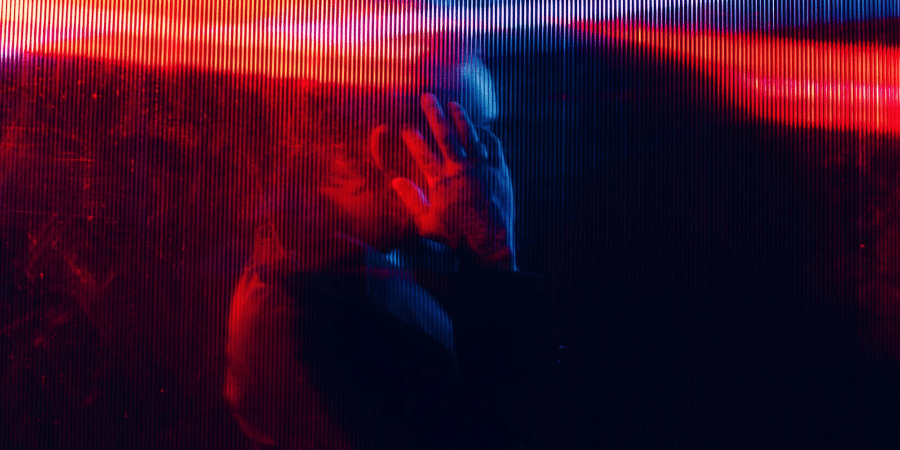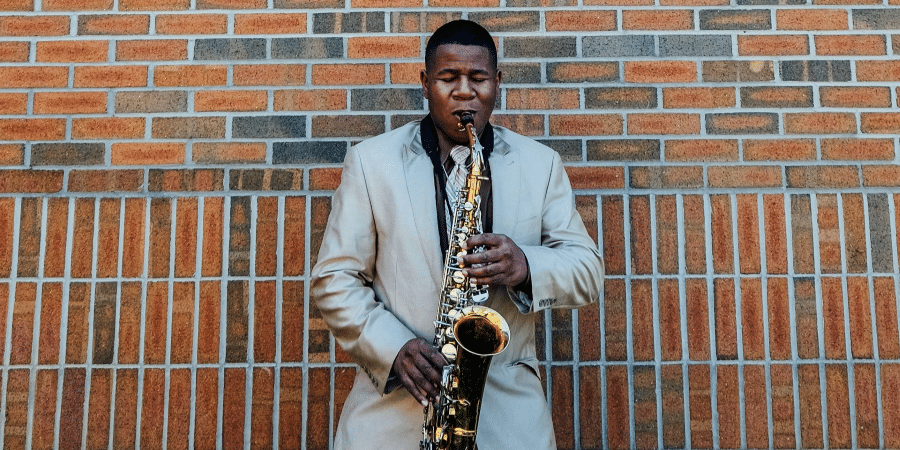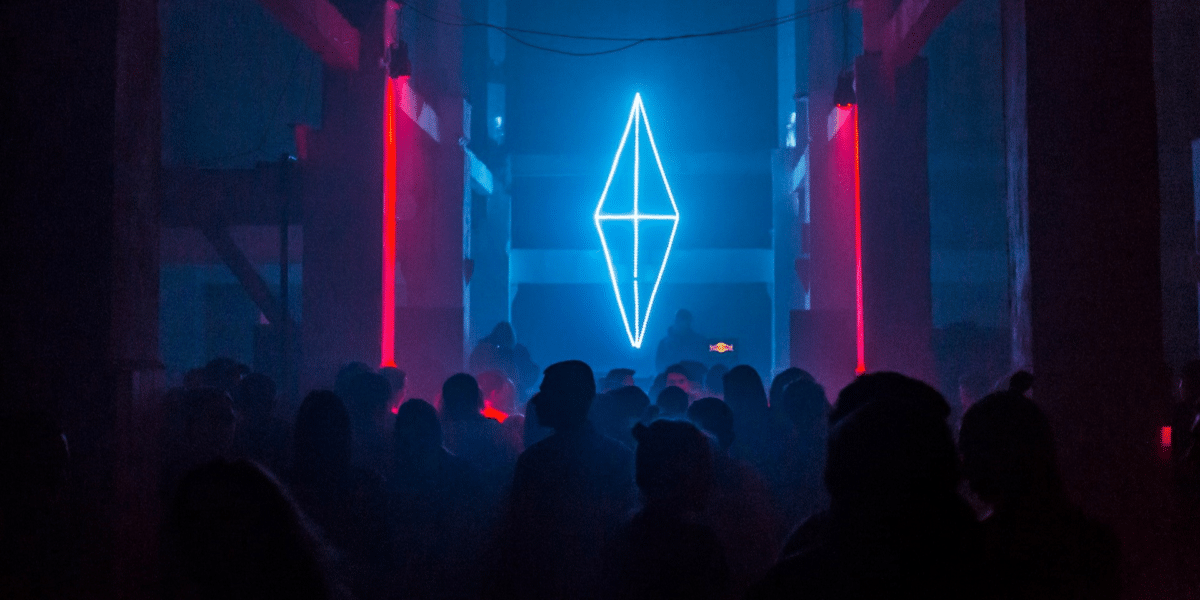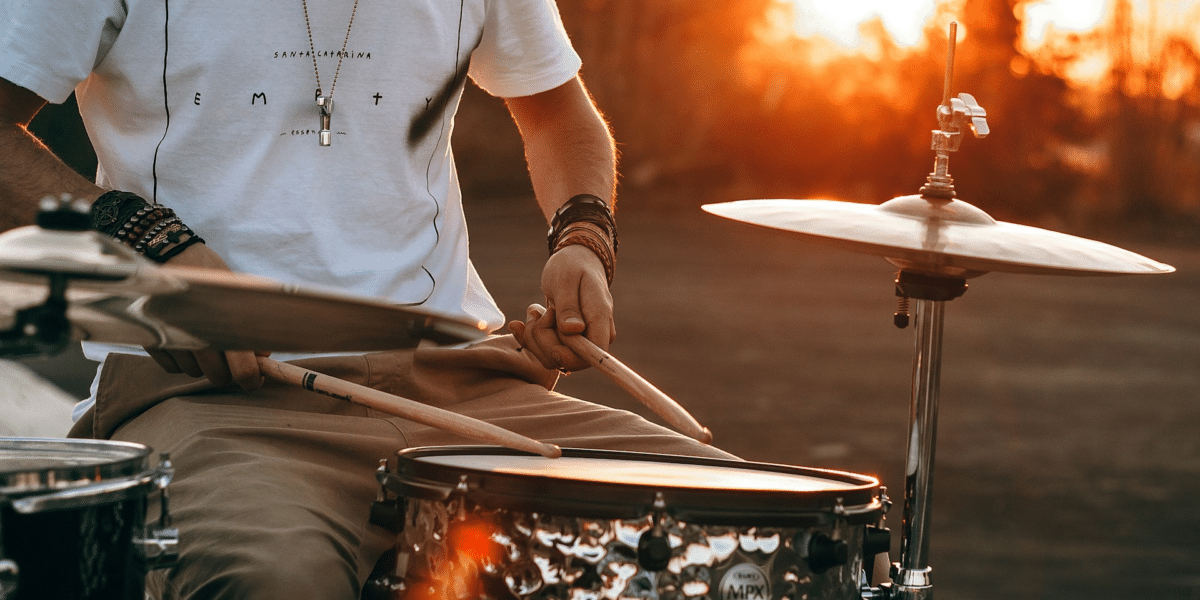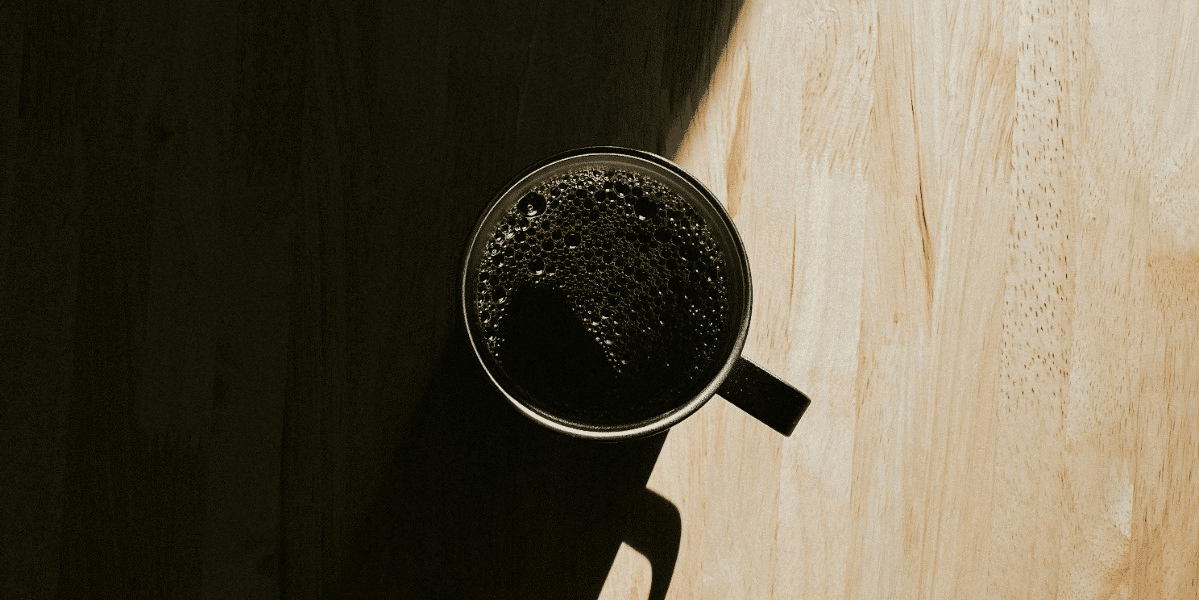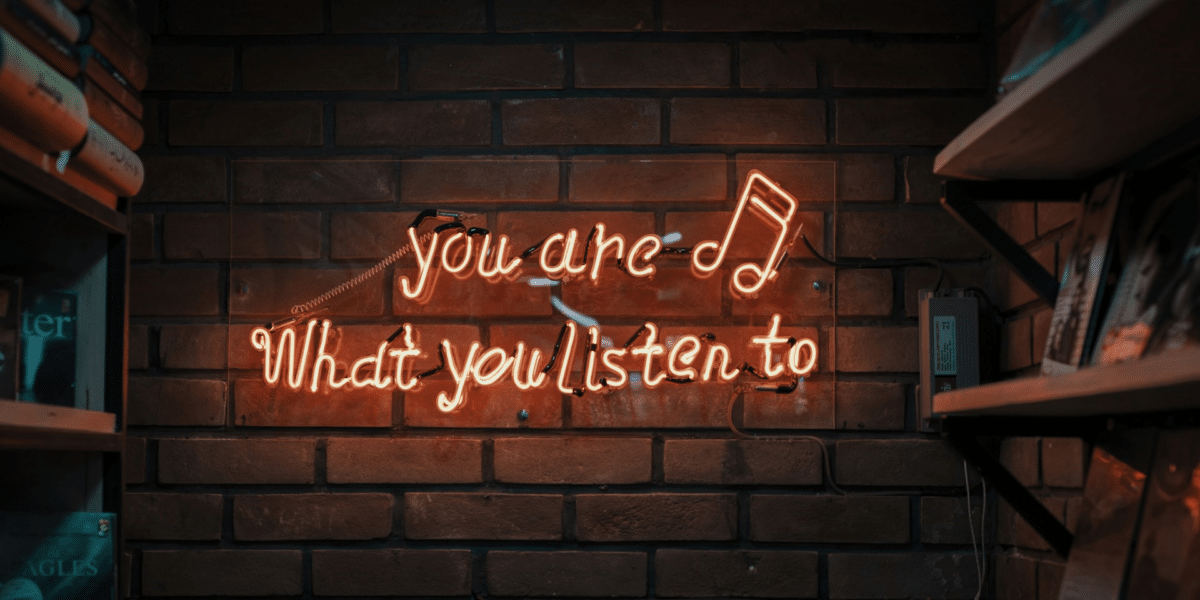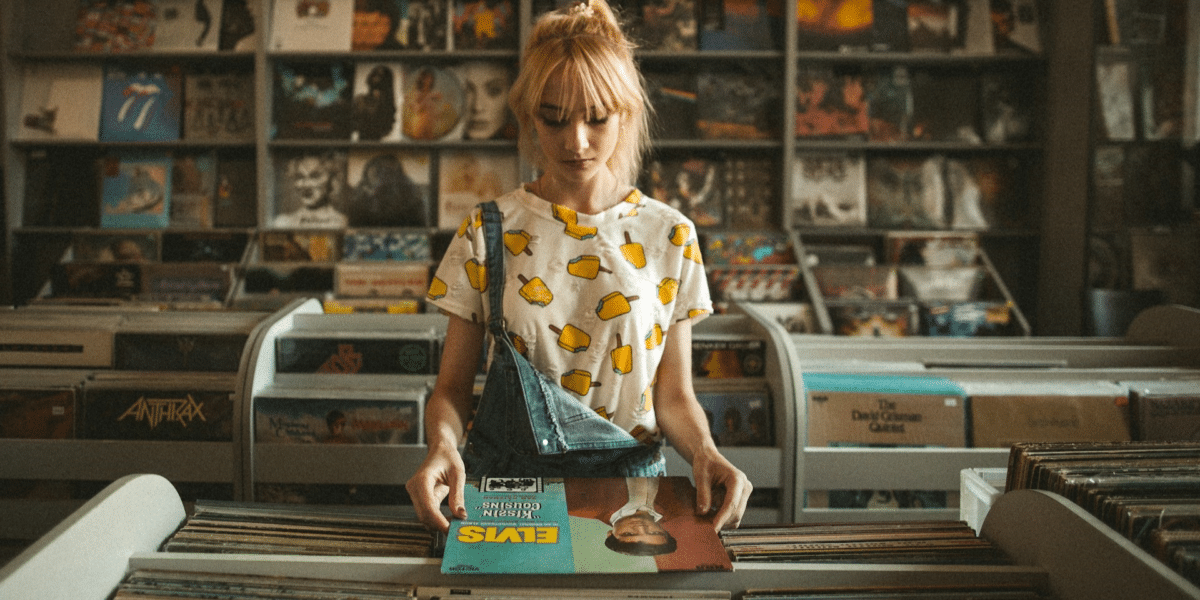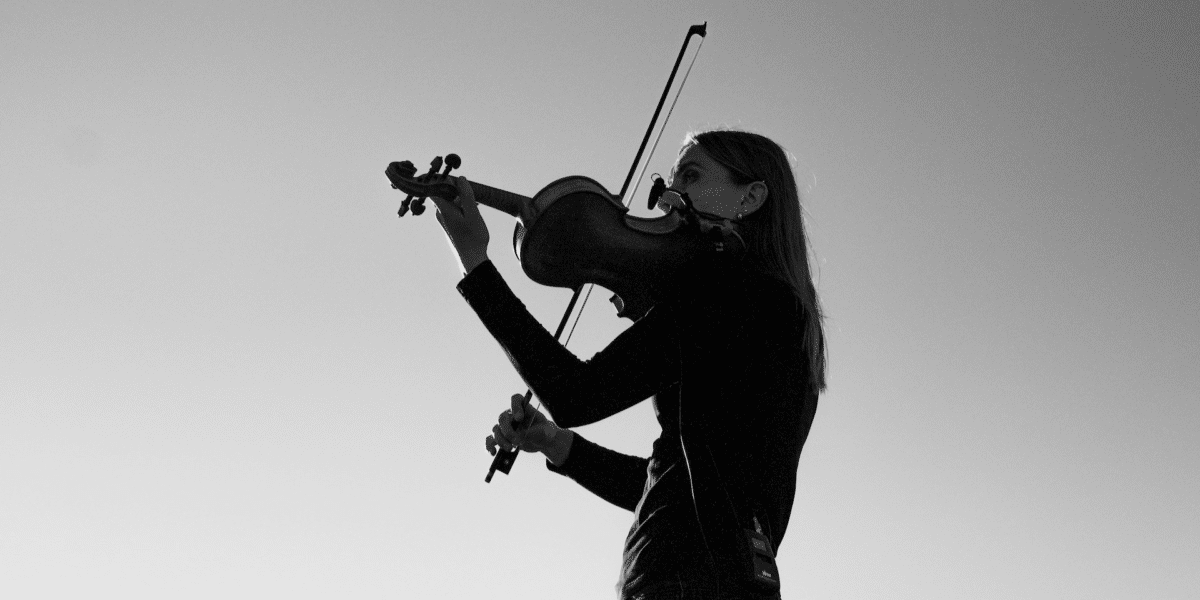Why Cyberpunk and EDM Make the Perfect Match
Hey there, cyberpunks and ravers! If you’ve ever found yourself lost in the pulsating beats and neon-lit landscapes of electronic dance music (EDM), then you know just how well the genre pairs with the futuristic aesthetic of cyberpunk. From the gritty streets of a dystopian metropolis to the shimmering lights of a virtual reality rave, cyberpunk and EDM go together like peanut butter and jelly. But what is it about these two seemingly disparate worlds that makes them such a perfect match? In this article, we’ll explore the symbiotic relationship between cyberpunk and EDM and why they complement each other so well.
First off, let’s talk about the shared aesthetic and ethos of cyberpunk and EDM. Both are rooted in a futuristic vision of society that’s characterized by advanced technology, urban decay, and a sense of rebellion against authority. In cyberpunk literature and film, we see this reflected in the sprawling megacities, cybernetic enhancements, and hacker subcultures that populate the landscape. Similarly, in the world of EDM, we find pulsating beats, kaleidoscopic visuals, and an ethos of freedom and self-expression that’s reminiscent of the cyberpunk ethos.
Moreover, both cyberpunk and EDM are deeply intertwined with the concept of escapism – the idea of using art and music as a means of transcending the constraints of reality and exploring new worlds and possibilities. In cyberpunk, we often see characters escaping the drudgery of everyday life through virtual reality simulations, illicit drug use, or acts of rebellion against the oppressive forces that govern society. Similarly, in the world of EDM, we find ravers losing themselves in the music and the moment, dancing until dawn and leaving behind the worries of the world outside.
But perhaps the most compelling aspect of the relationship between cyberpunk and EDM is the shared sense of atmosphere and mood. Both genres excel at creating immersive, otherworldly environments that transport listeners and viewers to a place beyond the confines of everyday life. Whether it’s the thumping basslines and ethereal synths of an EDM track or the rain-soaked streets and neon-lit alleyways of a cyberpunk cityscape, both cyberpunk and EDM offer a rich tapestry of sights and sounds that stimulate the senses and stir the imagination.
In addition to their shared aesthetic and ethos, cyberpunk and EDM also share a common audience – one that’s drawn to the idea of pushing boundaries and exploring new frontiers of creativity and expression. Whether it’s through hacking into the mainframe or dancing the night away at a warehouse rave, fans of cyberpunk and EDM are united by their desire to break free from the constraints of the status quo and carve out their own path in the world. It’s this spirit of rebellion and individuality that fuels both genres and gives them their unique appeal.
Moreover, the rise of technology and the internet has only served to strengthen the bond between cyberpunk and EDM. With the advent of virtual reality, augmented reality, and immersive multimedia experiences, fans of both genres can now immerse themselves in a world of endless possibilities like never before. Whether it’s attending a virtual rave in cyberspace or exploring a cyberpunk-themed nightclub in virtual reality, the lines between reality and fantasy are becoming increasingly blurred, giving rise to a new era of creative expression and artistic innovation.
But perhaps the most important reason why cyberpunk and EDM make such a perfect match is the sense of community and camaraderie that they foster. Whether it’s the tight-knit hacker crews and underground resistance movements of cyberpunk or the vibrant global community of ravers and electronic music producers, both genres offer a sense of belonging and acceptance that’s hard to find elsewhere. In a world that’s increasingly divided and disconnected, cyberpunk and EDM bring people together, forging bonds of friendship and solidarity that transcend borders and boundaries.
In conclusion, the relationship between cyberpunk and EDM is a match made in heaven. With their shared aesthetic, ethos, and audience, these two genres complement each other perfectly, creating a rich tapestry of sights and sounds that stimulate the senses and stir the imagination. Whether you’re a cyberpunk hacker exploring the neon-lit streets of a dystopian megacity or a raver losing yourself in the music and the moment at a warehouse rave, cyberpunk and EDM offer an escape from the drudgery of everyday life and a glimpse into a world of endless possibilities. So, the next time you find yourself lost in the pulsating beats and neon-lit landscapes of electronic dance music, remember – you’re experiencing the magic of cyberpunk and EDM in perfect harmony.

